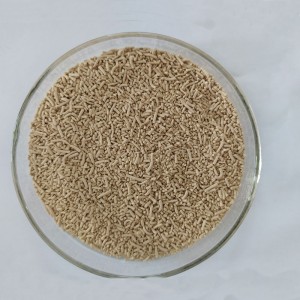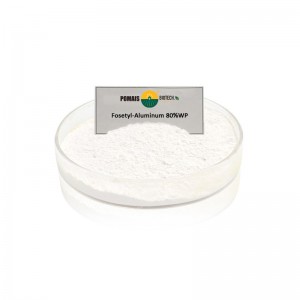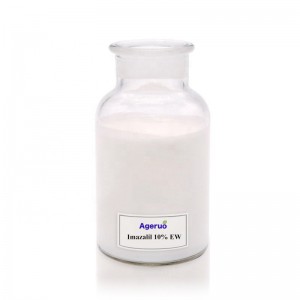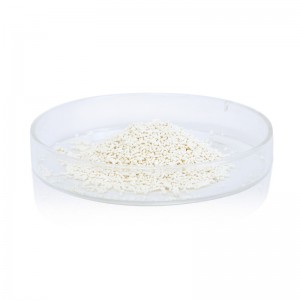Highly Effective Pesticide Fungicide Cyprodinil 98%TC, 50%WDG, 75%WDG, 50%WP
Introduction
| Product Name | Cyprodinil |
| CAS Number | 121552-61-2 |
| Molecular Formula | C14H15N3 |
| Type | Fungicide |
| Brand Name | Ageruo |
| Place of Origin | Hebei,China |
| Shelf life | 2 Years |
| The complex formula | Picoxystrobin25%+Cyprodinil25%WDGIprodione20%+Cyprodinil40%WPPyrisoxazole8%+Cyprodinil17%SC |
| Other dosage form | Cyprodinil50%WDGCyprodinil75%WDGCyprodinil50%WP
Cyprodinil30%SC |
Using Method
|
Product |
Crops |
Target disease |
Dosage |
Using method |
|
Cyprodinil50%WDG |
Grape |
Gray mold |
700-1000times liquid |
Spray |
|
Ornamental lily |
Gray mold |
1-1.5kg/ha |
Spray |
|
|
Cyprodinil30%SC |
Tomato |
Gray mold |
0.9-1.2L/ha |
Spray |
|
Apple tree |
Alternaria leaf spot |
4000-5000times liquid |
Application
Cyprodinil is primarily used as a fungicide in agriculture to control various fungal diseases that affect crops. It can be applied through different methods depending on the crop, the disease, and the formulation of the product. Some common application methods for cyprodinil include:
(1) Foliar Spray: Cyprodinil is often formulated as a liquid concentrate that can be mixed with water and sprayed onto the leaves and stems of plants. This method is effective for protecting the above-ground parts of crops from fungal infections.
(2) Seed Treatment: Cyprodinil can be applied as a seed treatment, where the seeds are coated with a formulation of the fungicide before planting. This helps protect the emerging seedlings from soil-borne fungal diseases.
(3) Drenching: For plants grown in containers or in greenhouse environments, a soil drench can be used. The fungicide solution is applied directly to the soil, and the plant's roots absorb the chemical, providing protection against root diseases.
(4) Systemic Application: Some formulations of cyprodinil are systemic, meaning they can be taken up by the plant and transported internally, providing protection to various parts of the plant as it grows.
(5) Integrated Pest Management (IPM): Cyprodinil can be incorporated into integrated pest management programs, which combine various strategies for disease control. This might involve rotating different fungicides to prevent the development of resistance or using cyprodinil in combination with other chemicals or cultural practices.



























